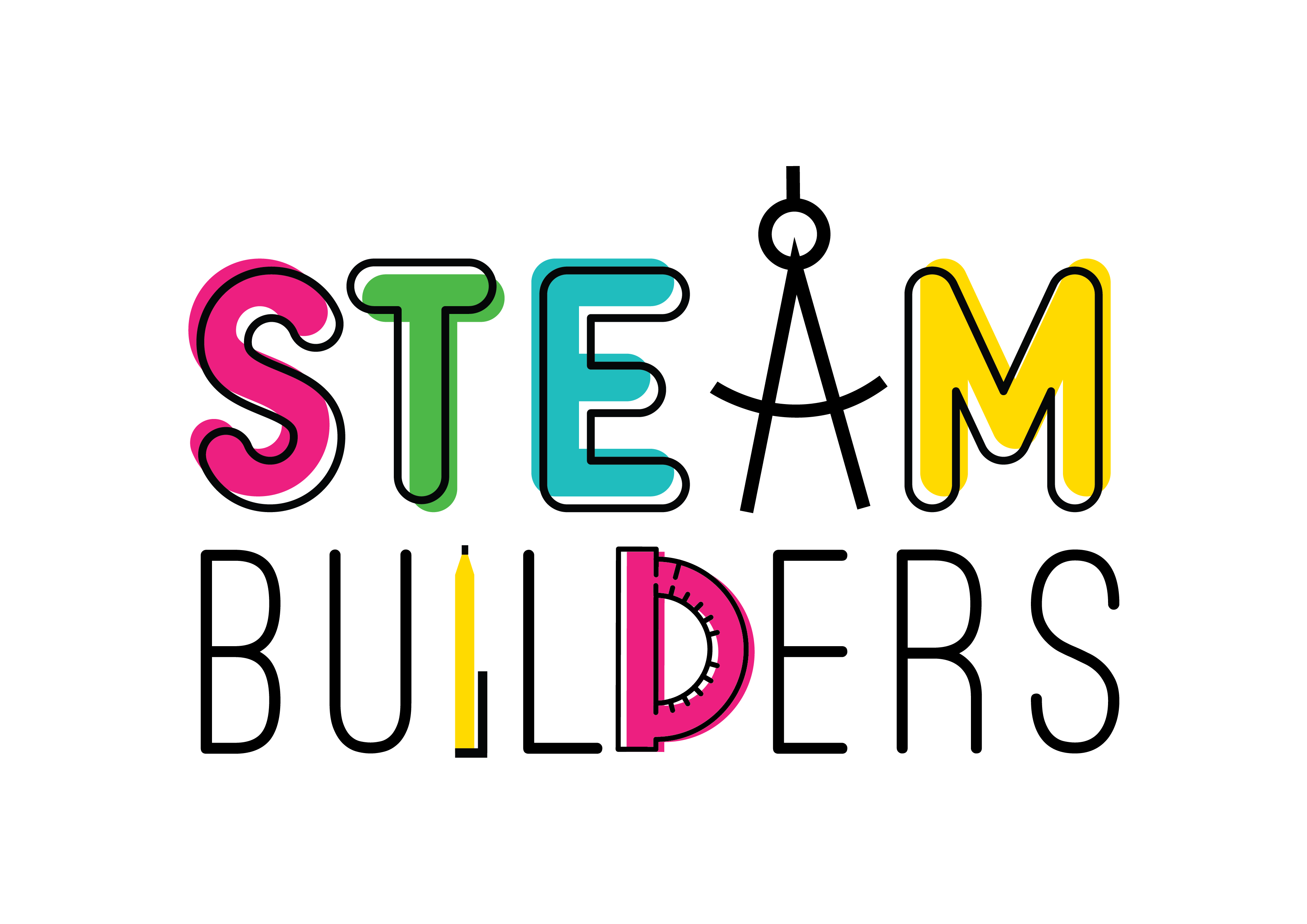
09 Maj The Turn Towards STEAM Education
Considering that current and prospective jobs will require rich STEM literacy, STEM education is becoming more and more popular, and a great amount of funding is being allocated to STEM initiatives across Europe and North America (François et al., 2018, de Freitas et al.2017). This indicates the effort to normalize and advance STEM education in schools and institutions as it becomes more pressing for governments to equip youth with the skills required to respond to the new demands of the labour market.
Although this effort to institute STEM education in school curriculums can be seen as a positive one, in the sense that it responds to students’ average low grades in STEM subjects, it also raises a serious concern, namely that of shaping education to fit the demands of economic growth. Education does indeed need to anticipate the demands of the labour market and adapt itself accordingly in order to mitigate the precarity of the students’ futures. Schools and education, in general, should be concerned with the students’ futures with regard to their job opportunities. Nevertheless, this becomes problematic when the importance of equipping youth with the necessary skills required to ensure that they have more employment opportunities is overemphasized at the expense of neglecting the importance of enabling students to follow their own vocational interests, as well as overlooking the importance of education for education’s sake.
As long as the focus of education is centered on adapting students to the demands of the labour market and the economy at the expense of providing them with proper education that has no other intention than to educate, and with the means to follow their own vocational path, schools will continue to be made analogous to factories that produce workers tailored to the demands of private employers. As the demands – and the mismatch between supply and demand − of the labour market increase, it becomes more evident that education needs to be emancipated from being subordinate to the demands of economic growth and turn towards a pedagogy of cultivating the skills, abilities and sensibilities of students in order for them to grow into active social actors able to influence or have an impact on their communities and society at large. It is implicit in this turn that the labour market and the modes of production need to be reshaped according to the skills, capabilities and needs of people, not the other way round.

Figure 1- A mixed medium piece of artwork, above, displayed at the Prichard Art Gallery for the “Visualizing Science” art exhibit. The exhibit features work created through the collaboration of local artists and scientists.
Source: https://dailyevergreen.com/5588/roots/artwork-inspired-by-science/#

Figure 2- In a preview presentation of “Beneath,” Lance Gharavi explains seismic tomography and explores the mystery of what’s beneath the surface of the Earth. Photo by Daniel Fine.
Source: https://news.asu.edu/20170219-creativity-asu-design-art-meet-science-technology
The motivation of including the arts in STEM education is not about making it more appealing or digestible to students. Integrating art education into STEM (STEAM) can be seen as a positive step toward moving away “from a technocratic and economy-driven perspective on STEM” (Ortiz-Revilla et al. 2019, p.513-14) and moving “toward infusing a humanist worldview into science curricula that is compatible with a fully engaged citizenship” (Ortiz-Revilla et al. 2019, p.513). Moreover, STEAM education takes into account that most people are “visual, auditory and kinesthetic learners” (Land 2013, p.549). By utilizing all of these learning modalities, STEAM “enables students to explore a single concept from different vantage points” (Land 2013, p.549). STEAM education can achieve these results though play, performance, simulation, collective intelligence, judgment and other methods, and allows students to link their learning of STEM subjects with art practices, design principles, critical inquiry and innovation.

Figure 3- The Arts, Science & Culture Initiative project titled ‘net(work)’ is a music and neurobiology collaboration, in which a musical composition interprets and represents images of neurons sending electrical signals. Courtesy of Dana Simmons.
Source: https://news.uchicago.edu/story/artists-scientists-discover-new-perspectives-through-collaboration
Thus, STEAM presents us with the potential of moving away from traditional approaches on education that measure the students’ abilities based on mere memorization rather than comprehension. While science practices encompass analytical and logical thinking as well as propositional or descriptive knowledge, they “also reveal the necessity of creativity, communication, tacit and embodied knowledge and know-how” (François et al., p.273) where the latter group of skills can be facilitated by integrating the arts into STEM education.

Figure 4- Art of Science spheres/Parallels between art and science. Courtesy of UCLA Jonsson Comprehensive Cancer Center.
Source: https://newsroom.ucla.edu/stories/unexpected-intersection-art-science-UCLA-Jonsson-Cancer-Center
This article was written by Constantina Tsimpita, Assistant Project Manager at Citizens in Power, a non-profit, educational and research organization that is one of the leading organizations in Cyprus in the fields of global education, social innovation, entrepreneurship, STEM, and sustainable growth.
References:
de Freitas, E., Lupinacci, J. & Pais, A. (2017) Science and Technology Studies × Educational Studies: Critical and Creative Perspectives on the Future of STEM Education, Educational Studies, 53:6, 551-559, DOI: 10.1080/00131946.2017.1384730
François, K., Coessens, K., Van Bendegem, J.P. (2018). We’re (Not) Only in It for the Money (Frank Zappa): The Financial Structure of STEM and STEAM Research. In: Smeyers, P., Depaepe, M. (eds) Educational Research: Ethics, Social Justice, and Funding Dynamics. Educational Research, vol 10. Springer, Cham. https://doi.org/10.1007/978-3-319-73921-2_17
Land H.M., (2013). Full STEAM Ahead: The Benefits of Integrating the Arts Into STEM, Procedia Computer Science, Volume 20, Pages 547-552, ISSN 1877-0509, https://doi.org/10.1016/j.procs.2013.09.317. (https://www.sciencedirect.com/science/article/pii/S1877050913011174)
Ortiz-Revilla, J. & Greca, I. & Adúriz-Bravo, A. (2019). The philosophy in/of integrated STEM education.
